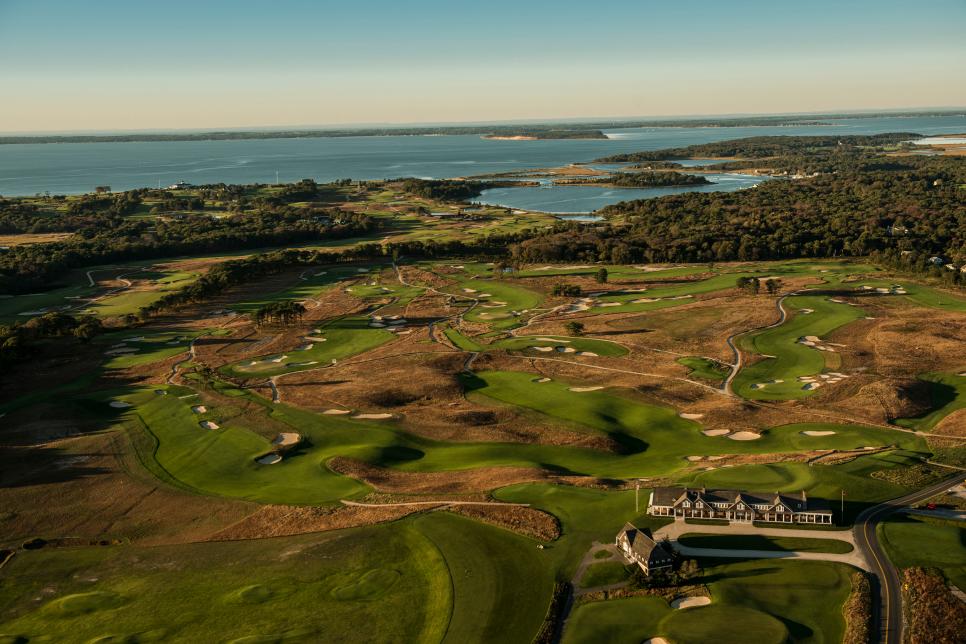For a fifth time, one of golf's most hallowed grounds—Shinnecock Hills Golf Club—will host our country's national championship. It is the only club to host the U.S. Open in three centuries, having hosted the 1896, 1986, 1995, 2004 and now 2018 (it will also host in 2026). Scottish greenskeeper Willie F. Davis designed the original 12 holes in 1891 before Willie Dunn redesigned and extended the course to 18 holes, and was regarded as the United States' most stout test of golf at the time, having been awarded the U.S. Open immediately thereafter. That reputation holds true today.
Shinnecock Hills acquired land east of its Stanford White clubhouse in the 1920s, so William Flynn redesigned the existing C.B. Macdonald layout. Flynn's new routing, which he built alongside his partner Howard Toomey and Dick Wilson, would open in July 1931. These changes amount to an extensive, if not complete, rerouting of Macdonald's course. Wayne S. Morrison, the author of the most comprehensive piece on William Flynn, "The Nature Faker," explains that the most prominent remaining Macdonald features include the third tee and part of the Redan seventh hole. "Flynn elevated that green to where it currently sits," Morrison told Golf Digest. "Macdonald's was probably on the natural grade." Aerials from 1938 show that the current version of the famous par-3 seventh hole mimic what it looked like post-Flynn's renovation.
Amazingly, the new course measured 6,749 yards, quite lengthy for 1931, and remained similar in yardage for decades. The course measured 6,996 yards in 2004, and after changes made and tees added by Bill Coore and Crenshaw over the past couple of years, the course will be stretched to 7,445 for 2018.
Golf Digest has consistently recognized Shinnecock Hills as one of the country's best courses, but interestingly enough, it did not appear on the original 1966 ranking of America's 200 Toughest Courses. We'll chalk that up to youthful ignorance. Shinnecock has not missed a ranking since, with the Southampton links ranking inside the top 10 in every ranking since 1987. Its lowest ranking? Sixth. And its highest ranking was second in 2007-'08. It currently sits at fourth on our most recent rankings.
Last fall, Golf Digest was fortunate enough to gain access to the legendary layout to capture drone footage and aerial photos—giving us incredible visuals of America's first links course. If you missed the video, scroll back up to watch it. For these tremendous photos and clips of the drone video, scroll down.
An overview, zooming back down the slope from Shinnecock's famous clubhouse:
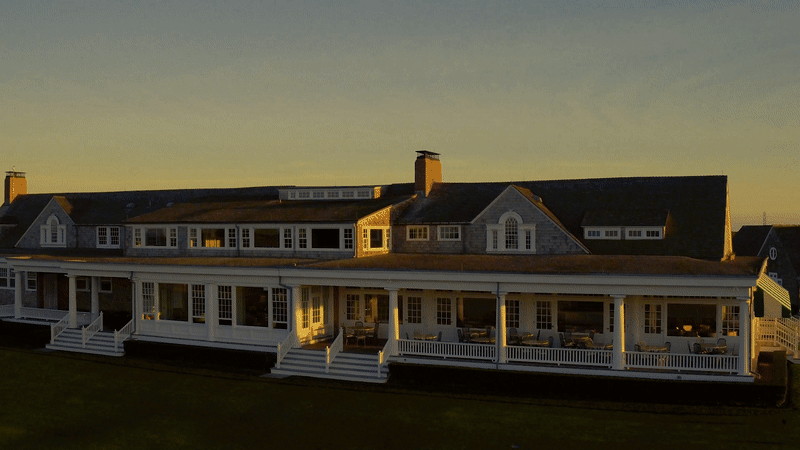
Here's a tremendous view, looking up at the clubhouse from the right side of the fourth green—with the 17th and ninth green also in view:

This aerial is a tremendous view of the new tee at the 14th hole (right), with the ninth green to its immediate left, the 18th green behind it, and the 16th green in the background:

Dom Furore
This drone footage gives one an idea of how steep that incline is into the ninth green:
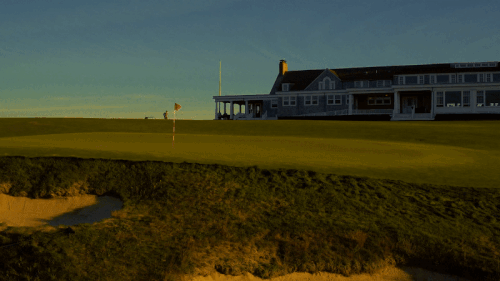
And another angle:

Here's a view behind the fifth green, which gives you a proper look at the par-5 16th going back toward the clubhouse (left).

Dom Furore
And the seventh green, which had issues in 2004 after the USGA pushed the firm conditions a little too hard.

Dom Furore
Here's a great view of the eighth hole, coming from the right of the fairway:
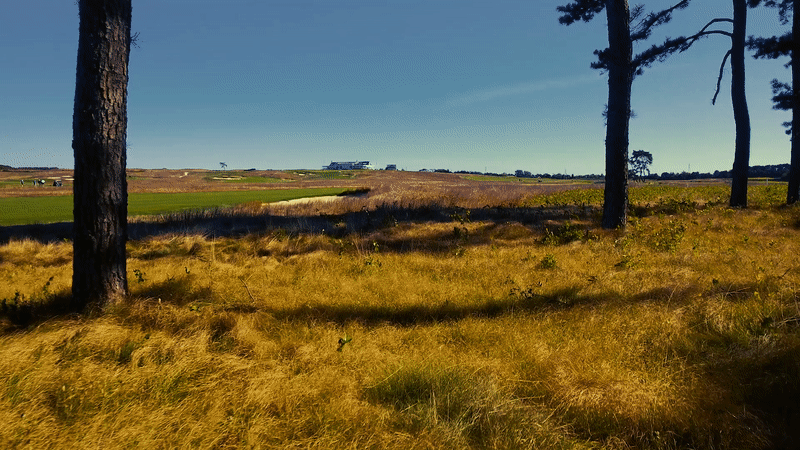
In a quote from Herbert Warren Wind, he says "the golf course will be regarded not just as the property of a private club but as something akin to a national treasure." Perhaps the most dramatic example of that is the 10th fairway—so severe that members have been known to sled down the slope in the winter.
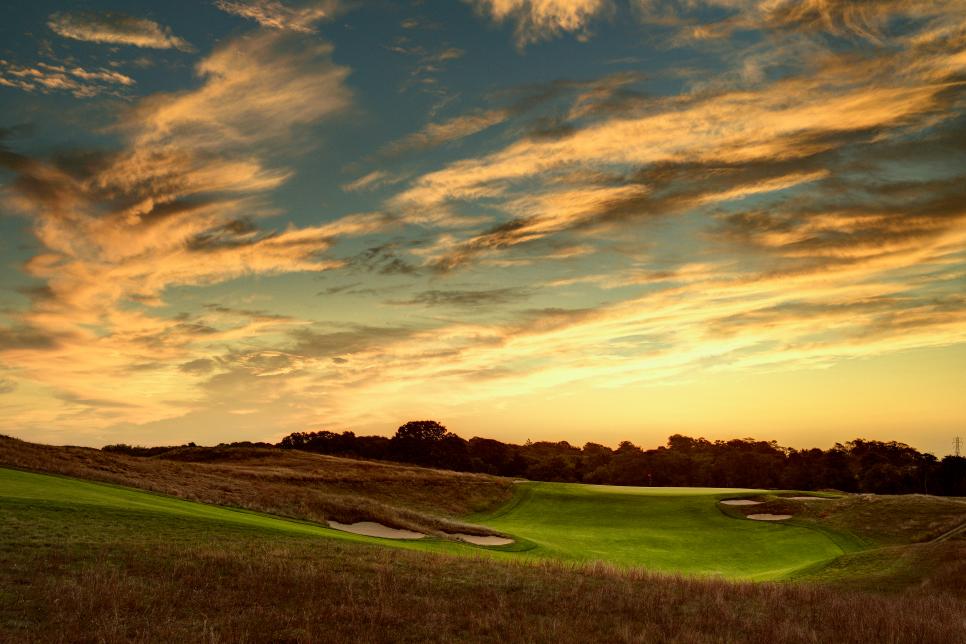
Dom Furore
Here's a look going backward down the 10th fairway:
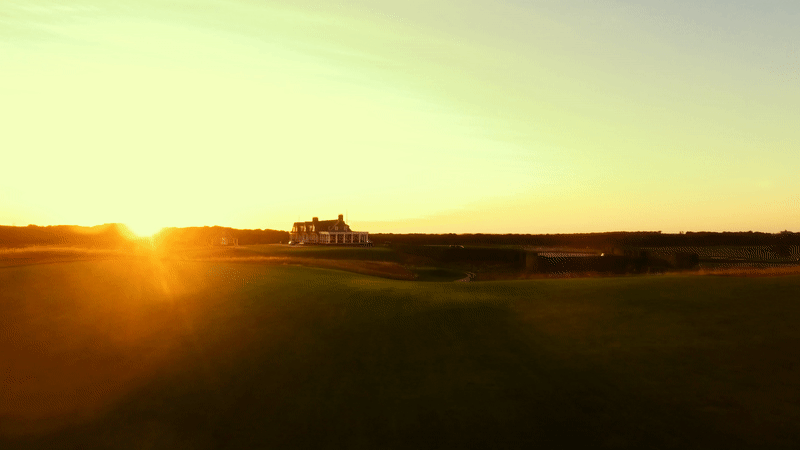
The par-3 11th might be the best uphill one-shotter in golf.
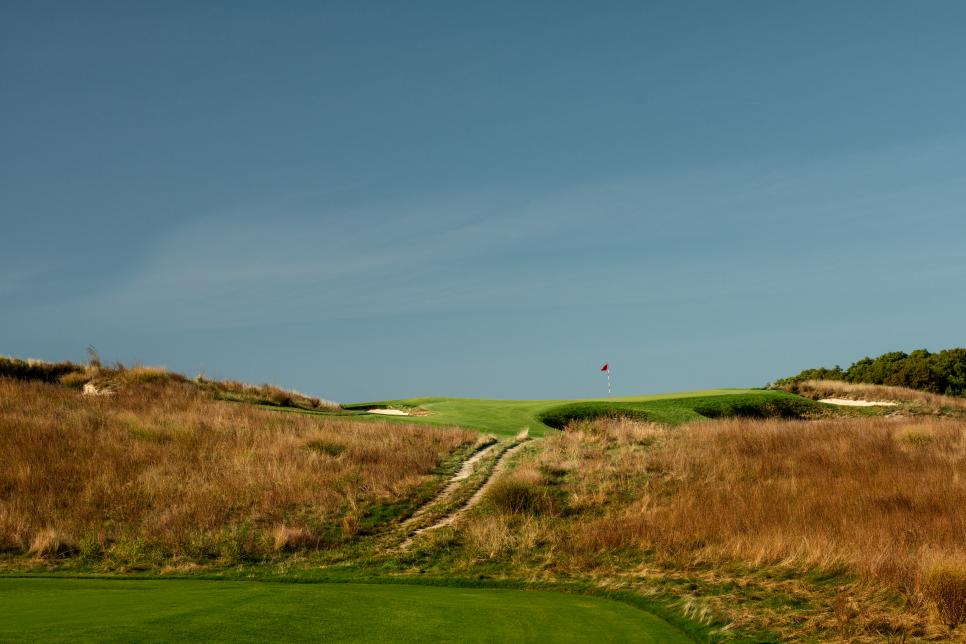
Dom Furore
The sloping 14th hole:
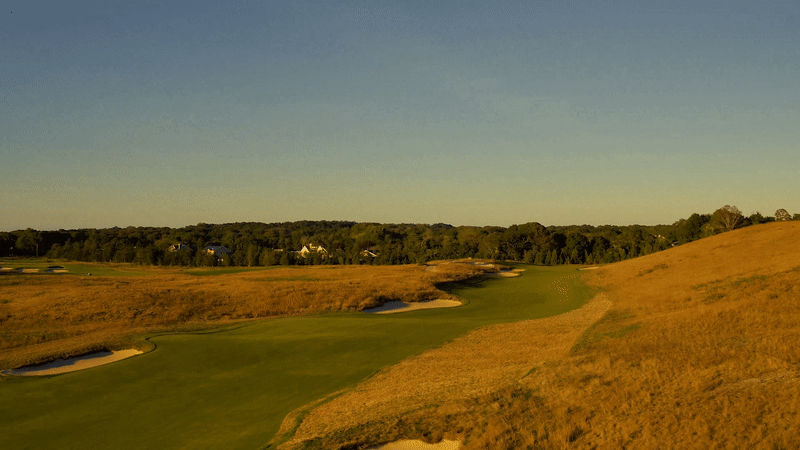
And a view from behind the 14th green with its shaved-off back portion:

Dom Furore
The 15th:

Dom Furore
From the fairway of the par-5 16th hole, one of the more popular photographable spots at Shinnecock, and which played as the easiest hole in the final round of the 2004 U.S. Open (4.803 stroke average). It will play 616 yards for the U.S. Open, versus 540 yards then.
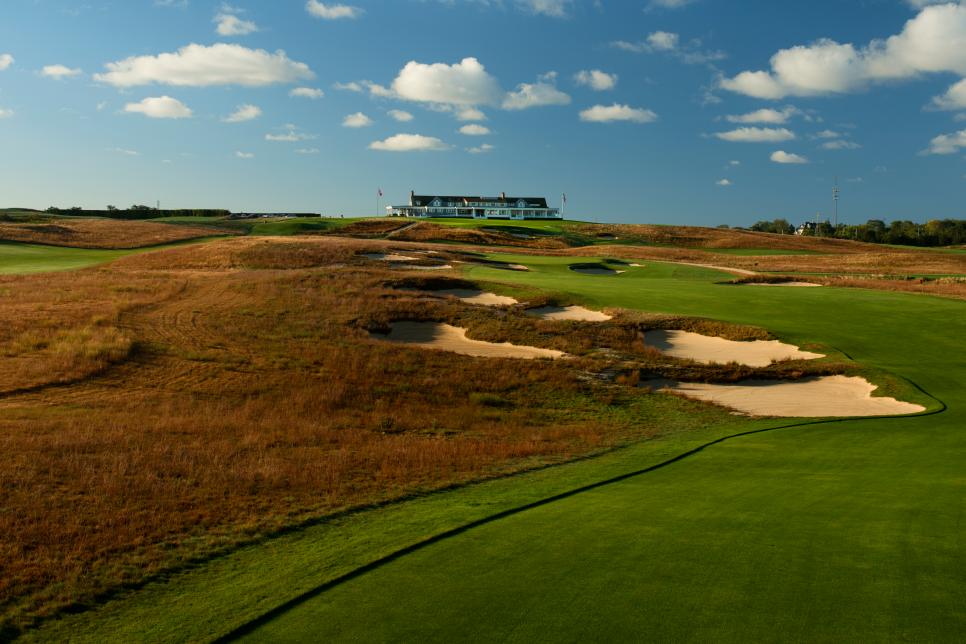
Dom Furore
And here's a reverse aerial of the ninth and 18th. Glorious Shinnecock. As Ben Crenshaw said, "This is blessed golf terrain indeed." We cannot disagree.


